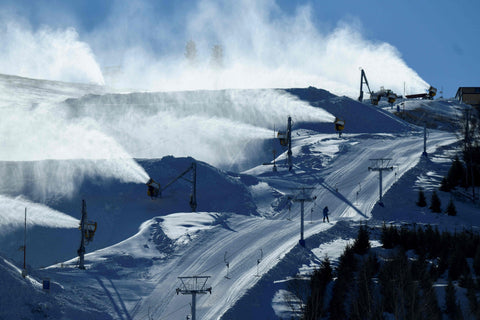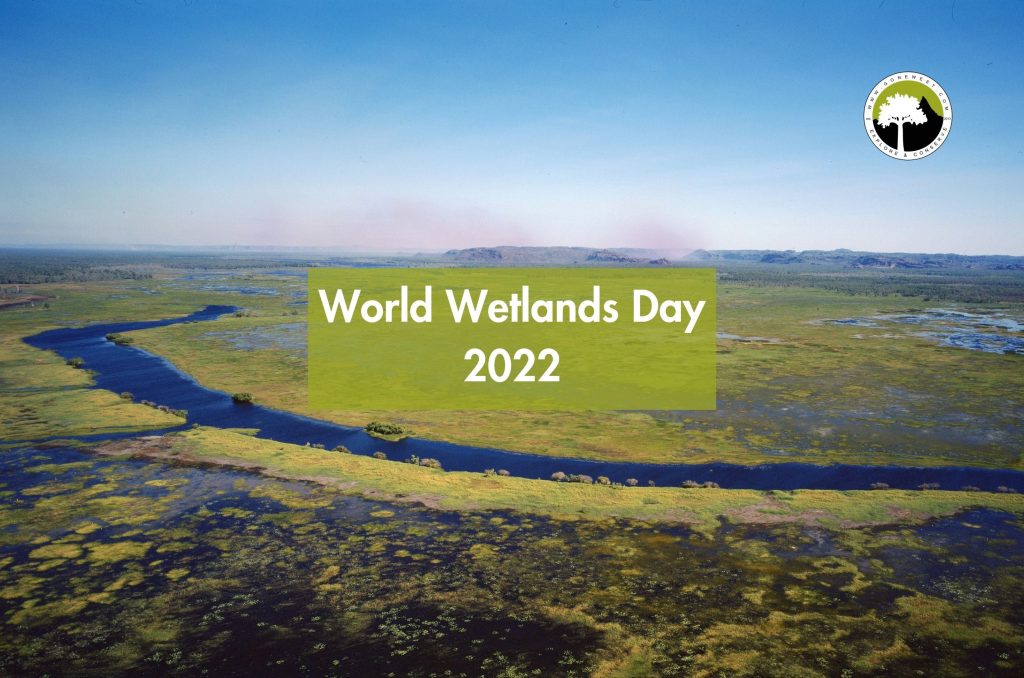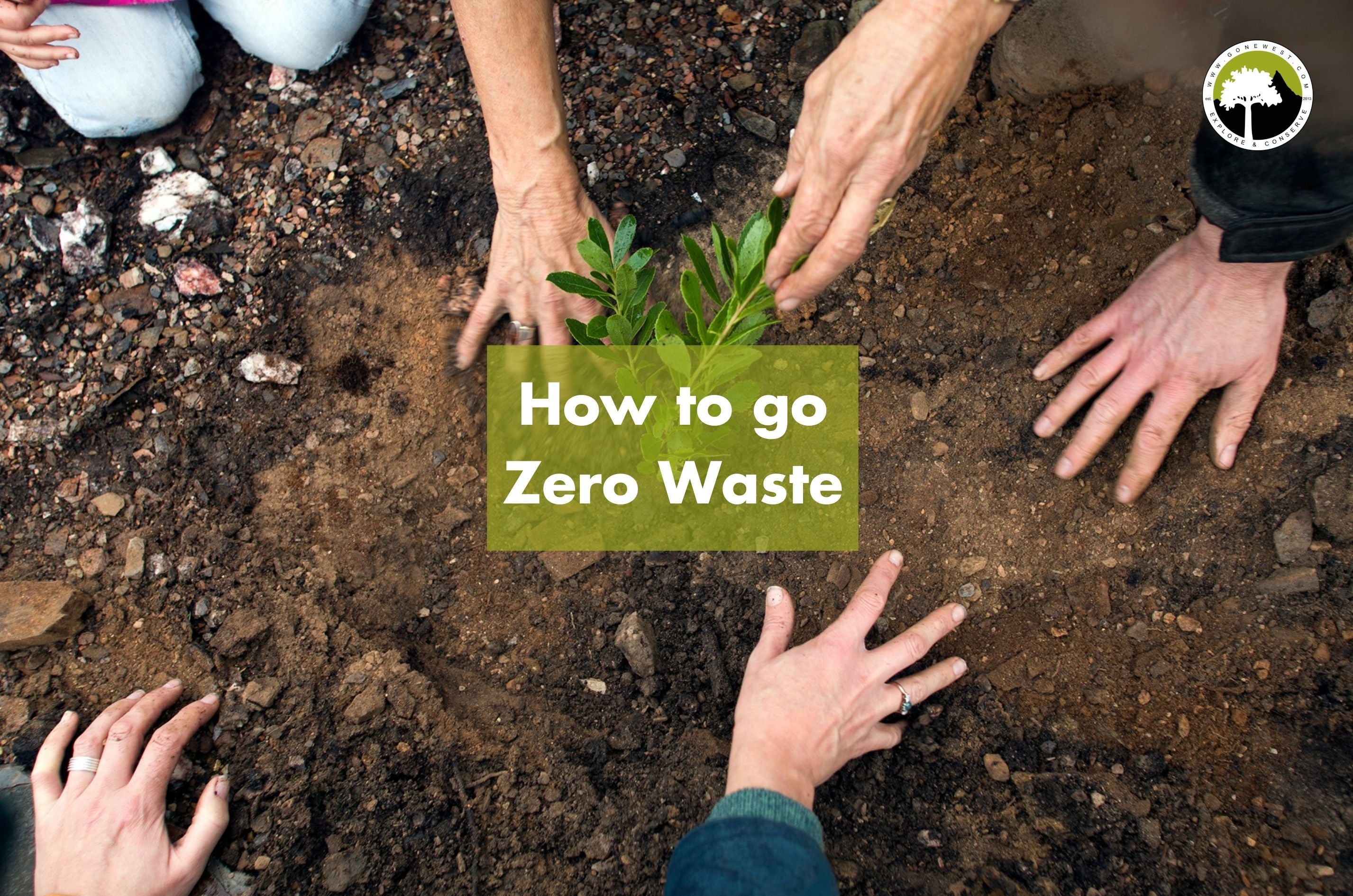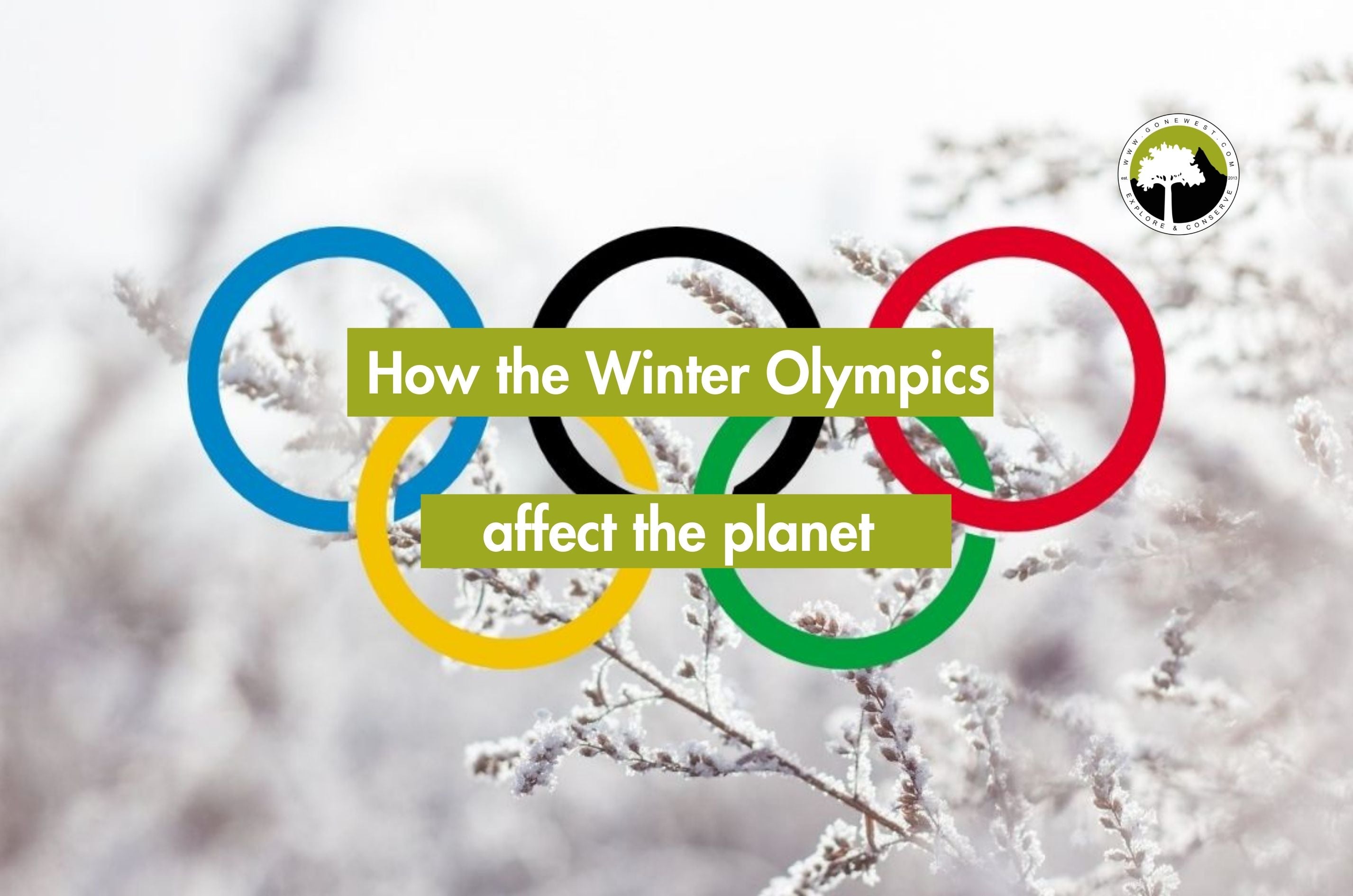We’re a few weeks into the Winter Olympics, with people from all over the world participating, attending, and tuning in. The event is all about celebrating people and their achievements, but rarely considers the impact it has on the environment.
With global warming increasing at a rapid rate, an event like the Olympics can make a real difference, for better or worse. For an event that heavily relies on ice and snowfall, the failure to implement sustainable practises is a risky game to play.
So how do the Beijing 2022 Winter Olympics size up to past years?
Environmental impact of the Olympics
To see the trajectory of the environmental impacts of the Olympics, we need to look back at previous years and look at the effect they had.
Sydney, 2000
On the surface, the Sydney Olympic Games looked promising. They enforced compulsory use of public transport for spectators after a huge upgrade connecting airports and rail stations. They opened bike routes and offered solar powered electric buggies to transport athletes, staff, and other officials. They even used solar farms to power the Olympic Village and was the world’s largest dolar suburb at the time.
However, all of those positive steps were devalued by the negative impacts. Most of the waste generated at the games and in the village was sent straight to landfill instead of separating recyclables/food waste or treating the waste. As well as that, the city didn’t stick to any of the environment guidelines set by the government regarding air conditioning. This meant that an excess of the chemicals were released into the atmosphere, chemicals that are known to cause significant damage to the ozone layer.
London, 2012
Similar to Sydney, London 2012 had a lot of redeeming qualities when it comes to sustainability.
Impressively, the 2012 Summer Olympics actually planted 4’000 trees and almost half a million plants. As well as that, greywater collection was in place so rainwater could be used for toilet flushing. The venues used a lot of recycled materials such as recycled aluminium and gas pipes, alongside low carbon concrete.
But, the London 2012 games were aiming for zero carbon emissions. They did kind of achieve this, but only by offsetting, a favourite for big industries and development. Don’t get us wrong, offsetting is an incredible alternative to no intervention, but the trees will take years to grow enough to absorb that carbon.
Another disappointing fact is that the medals were sourced from a morally corrupt company. The company is known for abusing human and animal rights, as well as causing life threatening water and air pollution around the globe.
Credit: USA Today
Want to know how the climate fared in 2021? Read our Year in Review article.
Tokyo, 2020
The pandemic really played a big part in the environmental impact of the Tokyo Olympics. Spectators weren’t allowed onsite, so there was zero consumer waste. The energy needs were completely generated by renewable energy, and was thus the first event of this scale to achieve this.
However, the plywood used for the seating area for the audience, which was sourced from tropical forests in Indonesia, was absolute. The absence of an audience and the use of non-recycled material led to a hefty negative impact on the environment.
Winter Olympics
All of those facts focused on the Summer Olympics, but where do the Winter Olympics fall on the sustainability scale?
Well, when it comes to emissions, it’s not great. The Vancouver 2010 Winter Olympics generated around 218 kilo tons of greenhouse gases. 87% of which was purely generated by getting people there. Despite this, it was still one of the greenest Winter Olympics.
Pyeongchang, for example, released around 1,590 kt of emissions. As well as that, the games removed tens of thousands of trees from the slopes of Mount Gariwang. The mountain actually was a designated national protected forest before the construction of the Olympic park, however, the protection was removed. This was particularly discouraging as the forest was over 500 years old…
Credit: Global Times
Our winters might be getting warmer and the Arctic ice is melting. Read our article to find out how you can help.
Beijing 2022 Winter Olympics and sustainability
Like the Olympics before it, the 2022 games generally set a good example in their approach to sustainability.
They claim that they will be the first Olympics in history in which all venues are 100% powered by green energy. They also vouched that four of their venues will use the most environmentally-friendly ice-making technology. The carbon footprint of which is said to be close to zero.
They also changed the design of 8 different venues of the 2008 Summer Olympics to reduce construction and to save space.
Green or greenwashing?
Underneath the guise of all of these promises, more sinister facts lie. Due to climate change, host cities are getting warmer and thus there is less real snow in the park. This means that they have had to create fake snow and ice to make sure the games can go ahead. Around 49 million gallons of water has been used to create the fake snow.
If the quantity of water used to create this artificial snow wasn’t bad enough, the process is much worse. A machine powered by electricity pumps water enhanced with chemicals onto the slopes and the arenas. These chemicals are used to ensure the snow stays and doesn’t melt and has historically been made up of things like pesticides, which are very harmful to plants and animals.
It doesn’t stop there either… The games have cleared a large proportion of the core area in Songshan National Nature Reserve for a ski slope. A nature reserve that is home to 180 species of animals and 700 species of plants.
Do you know the effects of deforestation? Read our Amazon Rainforest Day article for more information.
What is the real issue?
The thing is, these are all side effects of a bigger problem. The Winter Olympics are always held in the Northern Hemisphere, which is warming at a rapid rate.
Artificial snow is a result of global warming, not the cause. We have to use artificial snow because the amount of snow on the slopes and in the arenas is declining and is insufficient for the games.
To stop global warming and the effects it has on the Winter Olympics, we need to actively challenge how we live and what we consume. We need to come up with permanent solutions to the lack of snow, instead of brushing it under the carpet with temporary solutions like fake snow.
Credit: Daily Sabah
What can you do?
The responsibility of making events like the games more sustainable lies with big corporations and organisations. They must source their materials responsibly and undertake sustainable and ethical practice.
However, you can still make a difference. You can help stop global warming.
If you try implementing changes to your daily life like going vegan for a day a week, or cutting down on waste, cutting out single use plastics, using public transport, and much more, you could make a difference.
Interested in going vegan? Luckily for you, we tried 3 weeks of different meals on a budget in our Veganuary article.
If there are things that you can’t cut down on, there are other options too. At Gone West, we have the option to offset your life. Although the lifestyle changes listed above are the primary step to slowing down global warming, offsetting can help counteract the damage that has been done or can’t be stopped.
That’s all for now. I hope you have enjoyed reading our blog. Join the sustainable revolution to help save our natural world and our future by following us on Instagram and by subscribing to our monthly newsletter for updates.
Stay in the loop










